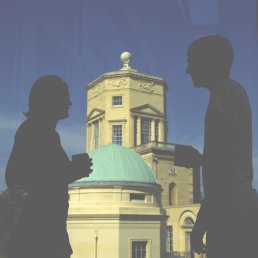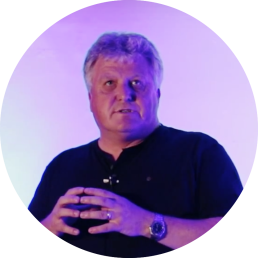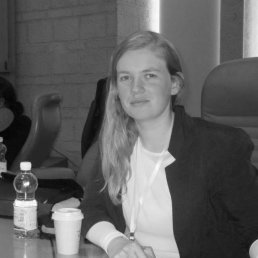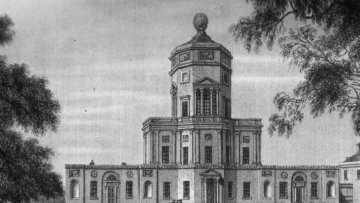STORM: Stochastic Trust Region Framework with Random Models
Abstract
We will present a very general framework for unconstrained stochastic optimization which is based on standard trust region framework using random models. In particular this framework retains the desirable features such step acceptance criterion, trust region adjustment and ability to utilize of second order models. We make assumptions on the stochasticity that are different from the typical assumptions of stochastic and simulation-based optimization. In particular we assume that our models and function values satisfy some good quality conditions with some probability fixed, but can be arbitrarily bad otherwise. We will analyze the convergence and convergence rates of this general framework and discuss the requirement on the models and function values. We will will contrast our results with existing results from stochastic approximation literature. We will finish with examples of applications arising the area of machine learning.






